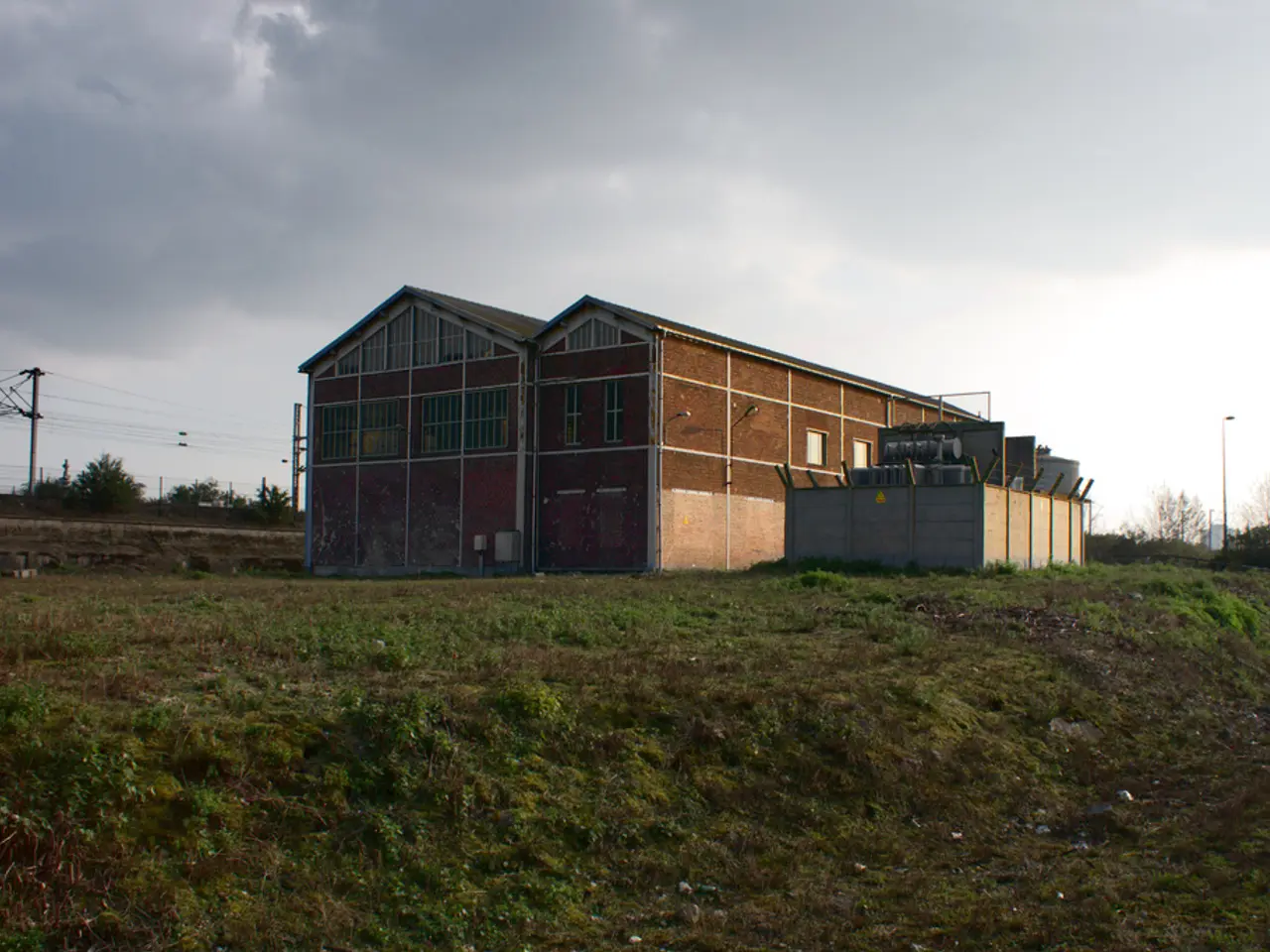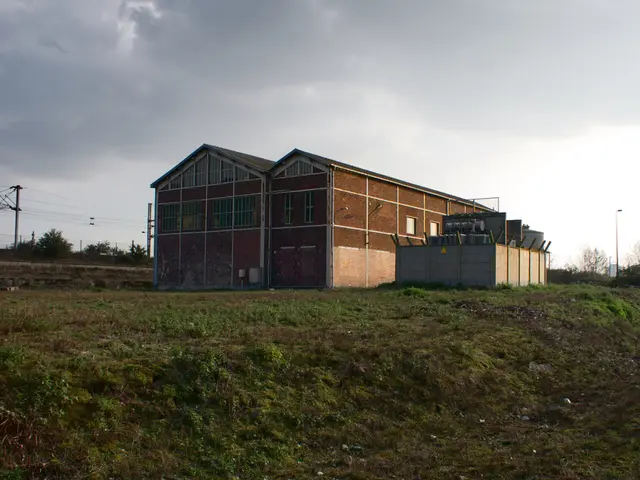Dramatic decline in solar panel prices over the past decade revealed by government data
In a significant stride towards a greener future, solar energy is proving to be a cost-effective alternative to traditional energy sources in the UK. This development is largely due to advancements in technology, manufacturing processes, and policy support, which have collectively driven down the costs of solar panels over the past decade.
The decline in solar panel costs can be attributed to several factors. Mass production scaling effects, where each doubling of production capacity reduces costs by over 20%, have played a crucial role. Optimized manufacturing processes and technology improvements that increased efficiency and lowered material costs have also contributed significantly.
Policy support, such as Germany’s Renewable Energy Act, has accelerated early deployment and cost reductions, creating a positive feedback loop of more installation and further cost decline. The trend of decreasing solar panel costs has been reported worldwide by the Department for Energy Security and Net Zero, following a pattern called Wright's Law, where technology costs consistently drop as production increases.
Joshua M. Pearce, a GreenMatch Solar Expert and engineer at Western University, has highlighted the cost savings and environmental impact reduction from solar power adoption. Pearce, known for his work in photovoltaic technology, agrivoltaics, open-source hardware, and 3D printing, earned his Ph.D. at The Pennsylvania State University, where he contributed to developing low-cost amorphous silicon solar technology.
The cost of solar modules is projected to reach an unprecedented low of £0.10 per watt by the end of 2024. This dramatic decrease in costs is also attributed to improved manufacturing efficiency and the benefits of economies of scale. Many solar panels now surpass 20% - 33% in conversion efficiency.
The average cost of a 4kW home solar system is now £9,200, a significant drop from £20,000 in 2013. This decrease in costs has made solar power one of the cheapest electricity sources in many countries. In fact, annual savings from adopting solar power for a standard three-bedroom house can range from £871 to £1,100 on energy bills.
The decrease in solar panel prices is also contributing to the UK's efforts towards carbon neutrality. In 2023, solar energy helped prevent 3 million tonnes of CO2 emissions in the UK, according to GreenMatch. If solar panel production continues to grow, the price reductions for solar panels could continue to fall further, making renewable energy installation more readily available to homeowners.
Moreover, the Smart Export Guarantee (SEG) scheme allows households to sell surplus solar electricity back to the grid at an average rate of 5-6p per kWh. This not only helps homeowners recoup some of their investment but also contributes to the UK's renewable energy infrastructure.
In conclusion, the cost of solar power has decreased dramatically over the past decade, making it a viable and affordable alternative to traditional energy sources. This development is not only beneficial for homeowners in terms of cost savings but also for the environment, as it contributes to the UK's strides towards carbon neutrality.








